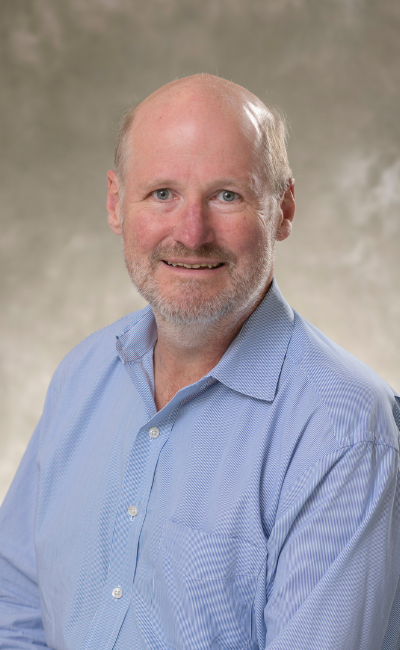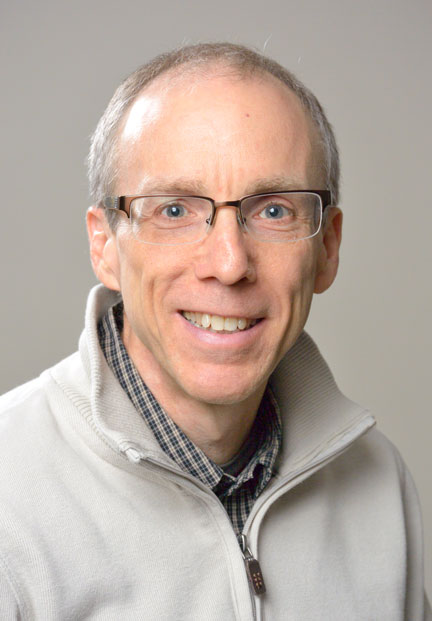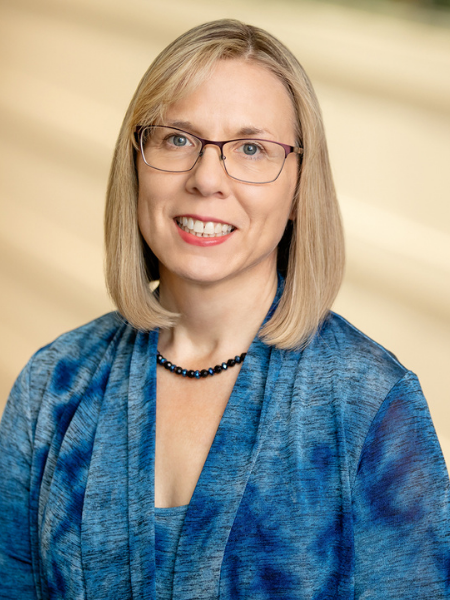Scott R. White, professor of aerospace engineering at Illinois, heads up the center, which builds upon research into autonomous materials conducted by the Autonomous Materials Systems Group at the Beckman Institute for Advanced Science and Technology.
“The focus of the center is developing the next generation of structural materials for the Air Force that would encompass autonomous functionality--for example, self-healing systems--that take inspiration from biology to accomplish novel mission objectives,” White said.
The Autonomous Materials Systems Group, a highly interdisciplinary team of researchers from chemistry, materials science, and various engineering disciplines, creates biologically inspired materials systems that improve the safety and reliability of many aerospace composite structures.
Joining White in the new center are Beckman faculty members Philippe Geubelle, professor of aerospace engineering; Nancy R. Sottos, professor of materials science and engineering; Jeffrey S. Moore, professor of chemistry; as well as Aaron P. Esser-Kahn professor of chemistry at the University of California-Irvine. Dr. Byung Lip Lee will manage the program for AFOSR.
AFOSR has demonstrated a long history of support for the work of White and his colleagues, starting with the research’s initial funding in 1999. “The agency has been supportive of high-risk, high-reward research over the years, and we are very grateful for their continued support,” White said.
Between 2010 and 2014, the AFOSR has awarded more than $50 million to University of Illinois research projects. Work done by the Autonomous Materials System has been supported with more than $7 million from the AFOSR in that same period.
Since that time, the research has grown extensively from the initial work on self-healing materials, to microvascular systems, to regenerating materials and, most recently, to materials that can self-destruct, reducing electronic waste and boosting sustainability in device manufacturing.
“Structural remodeling is one of the “grand challenges” we are pursuing. We have some of the building blocks already: part of it is regenerating materials and part of it is making them decompose at the end of their life cycle,” White said. “If we can bring both of these aspects together – precisely regulated – into one grand materials system, then we would be creating materials that never age, so called immortal materials.”


